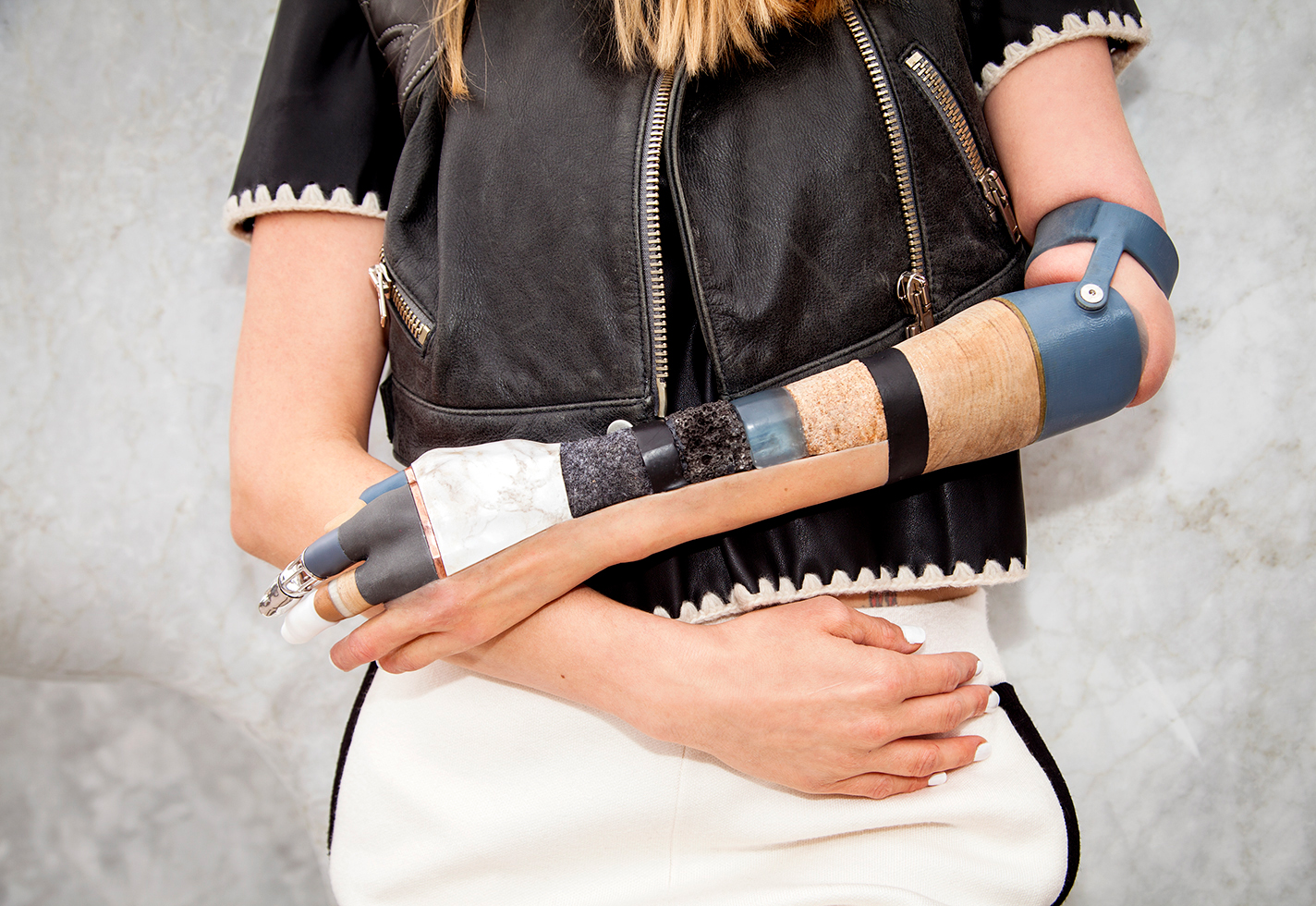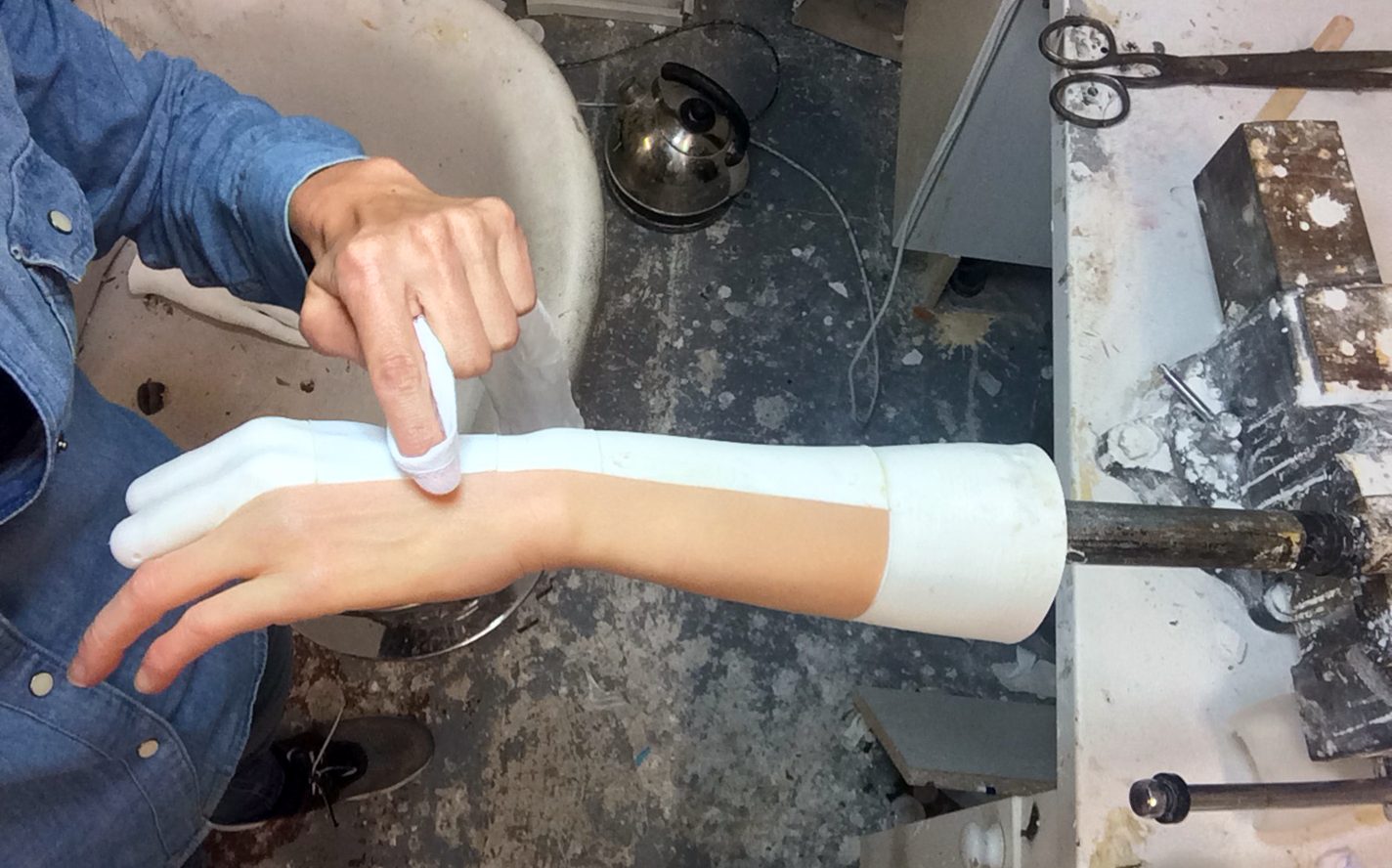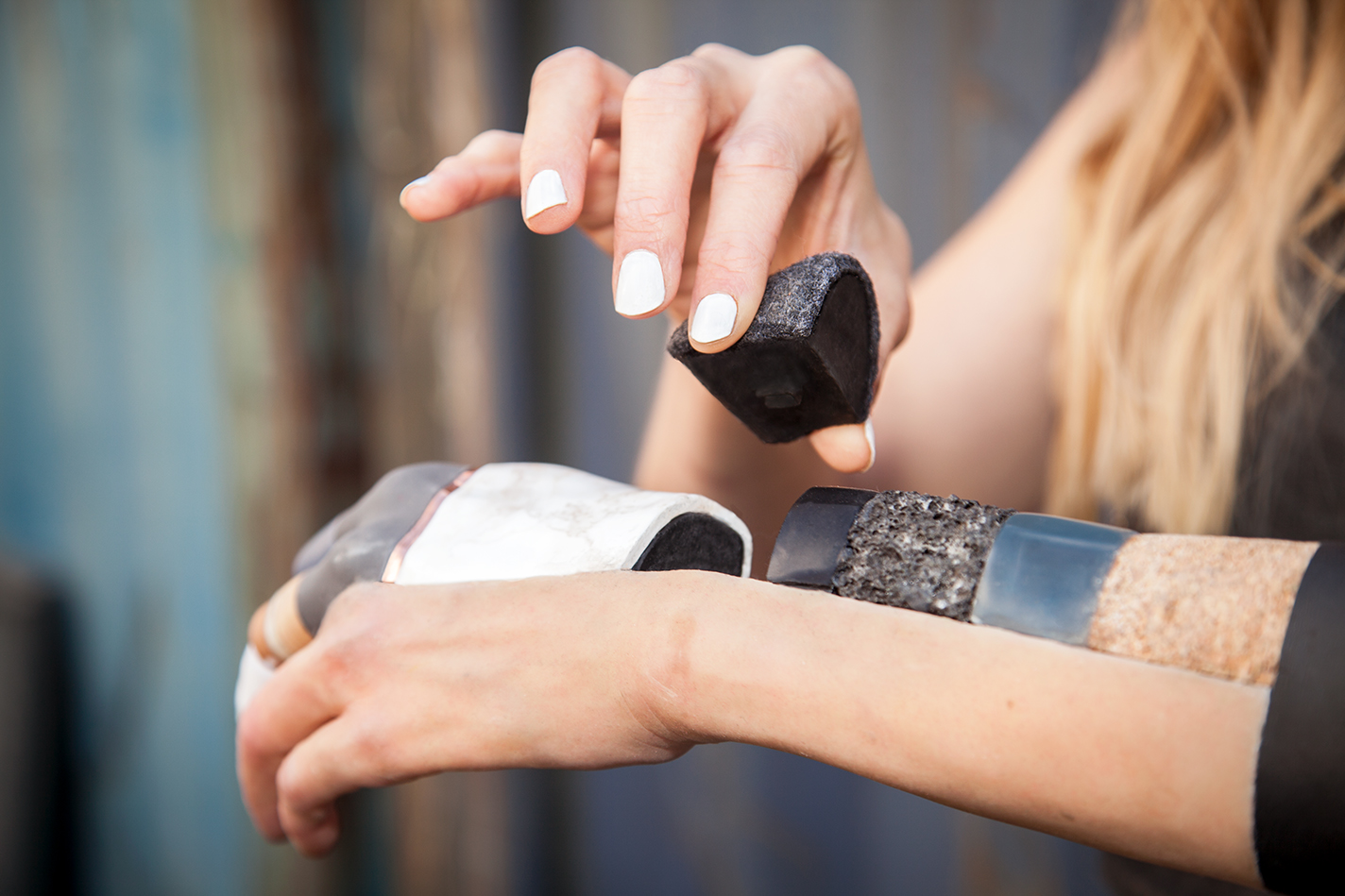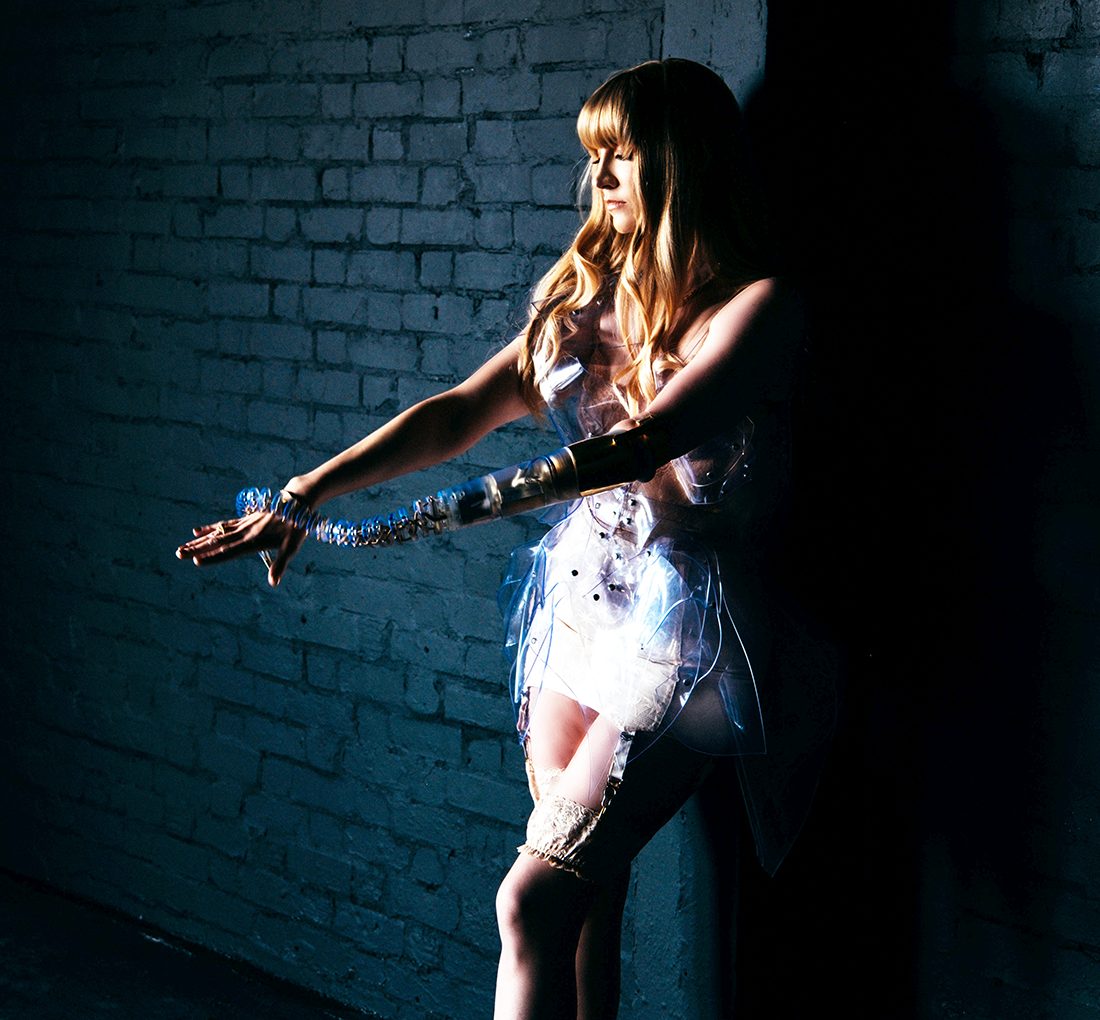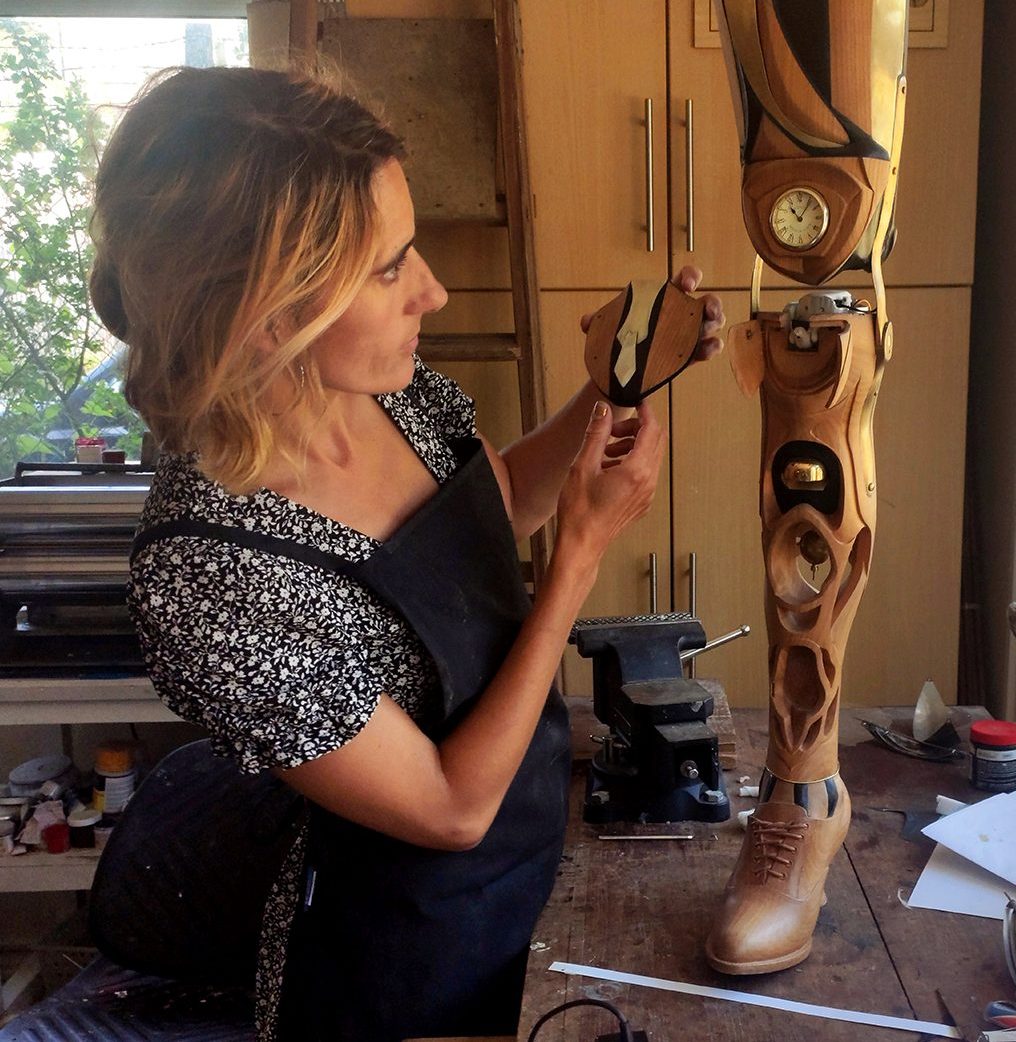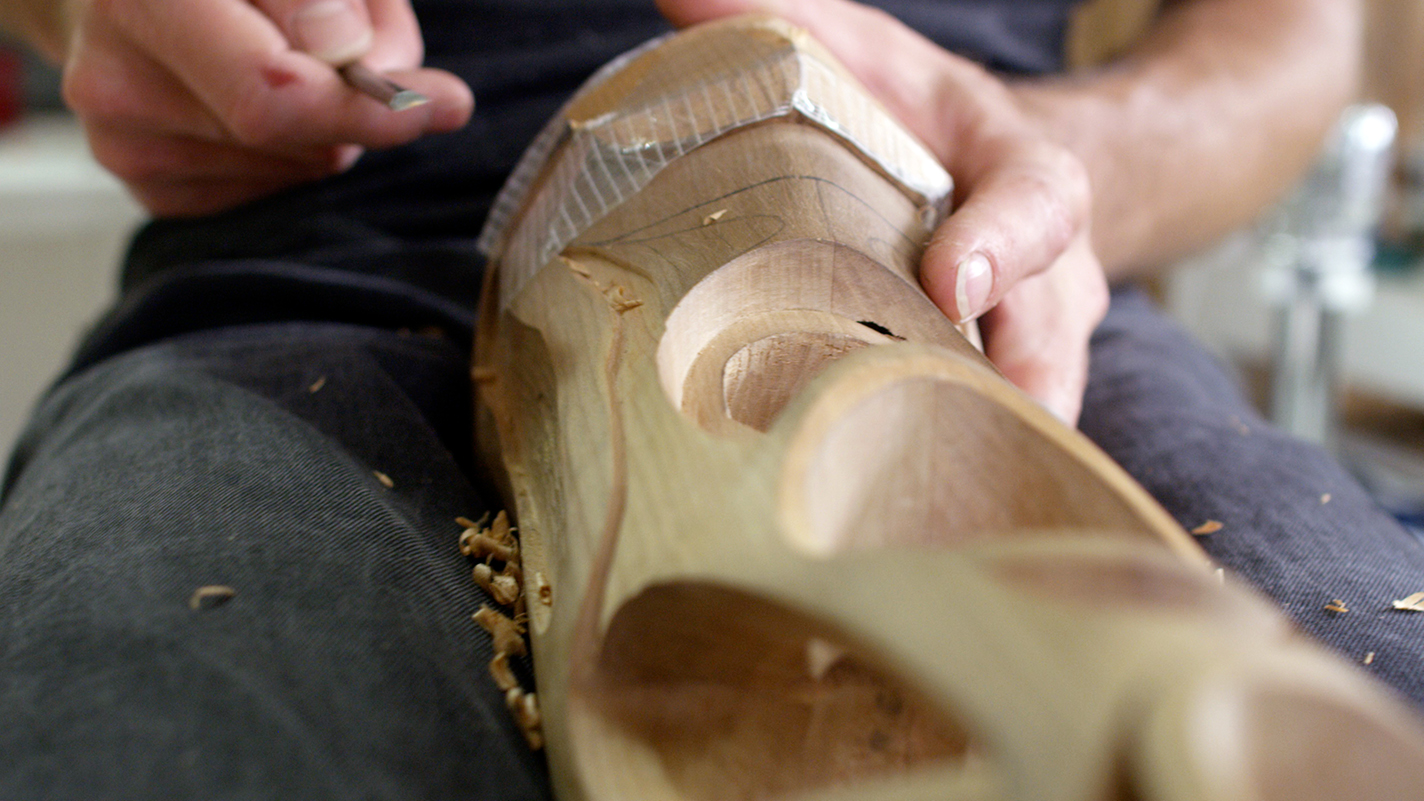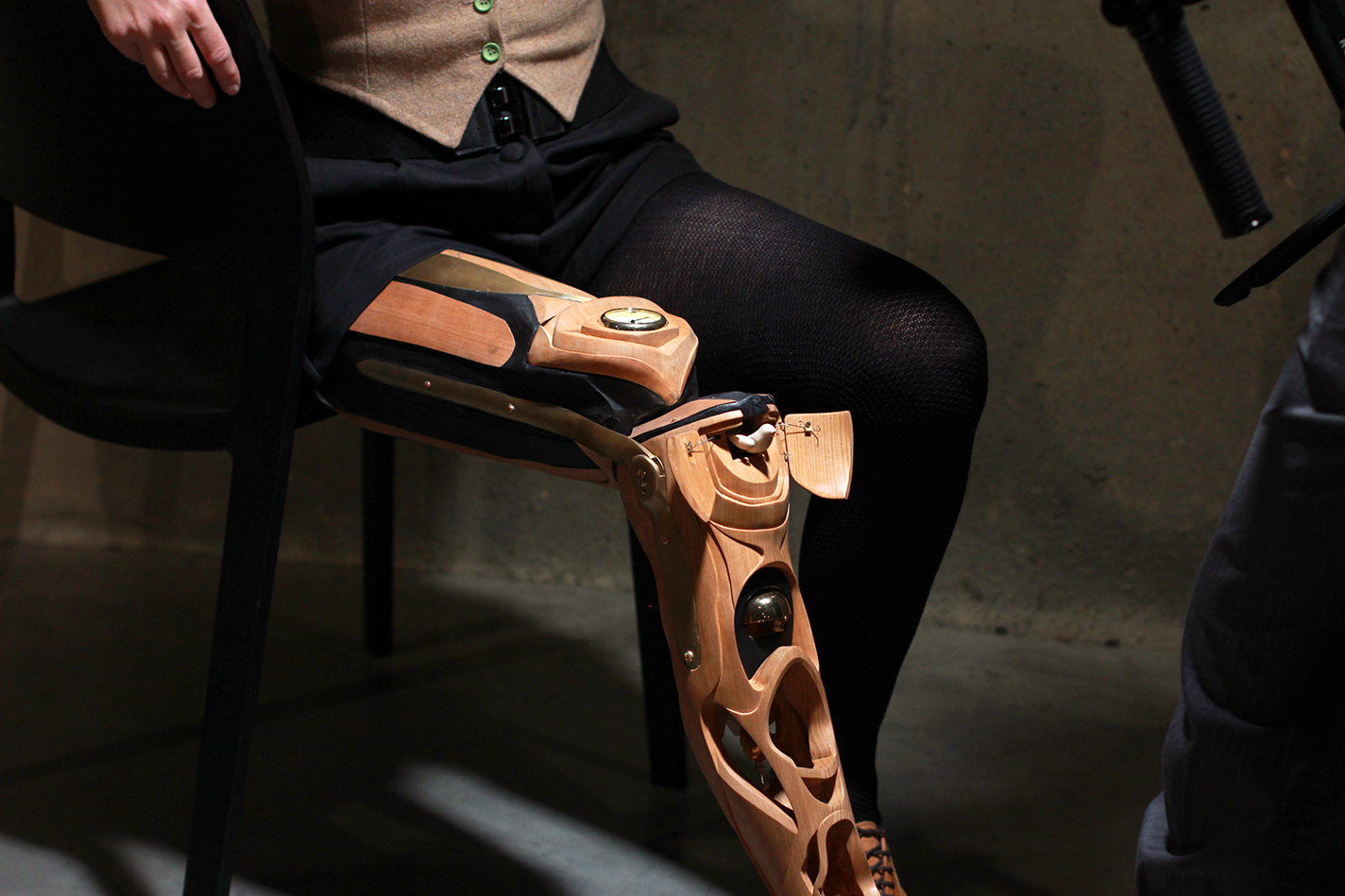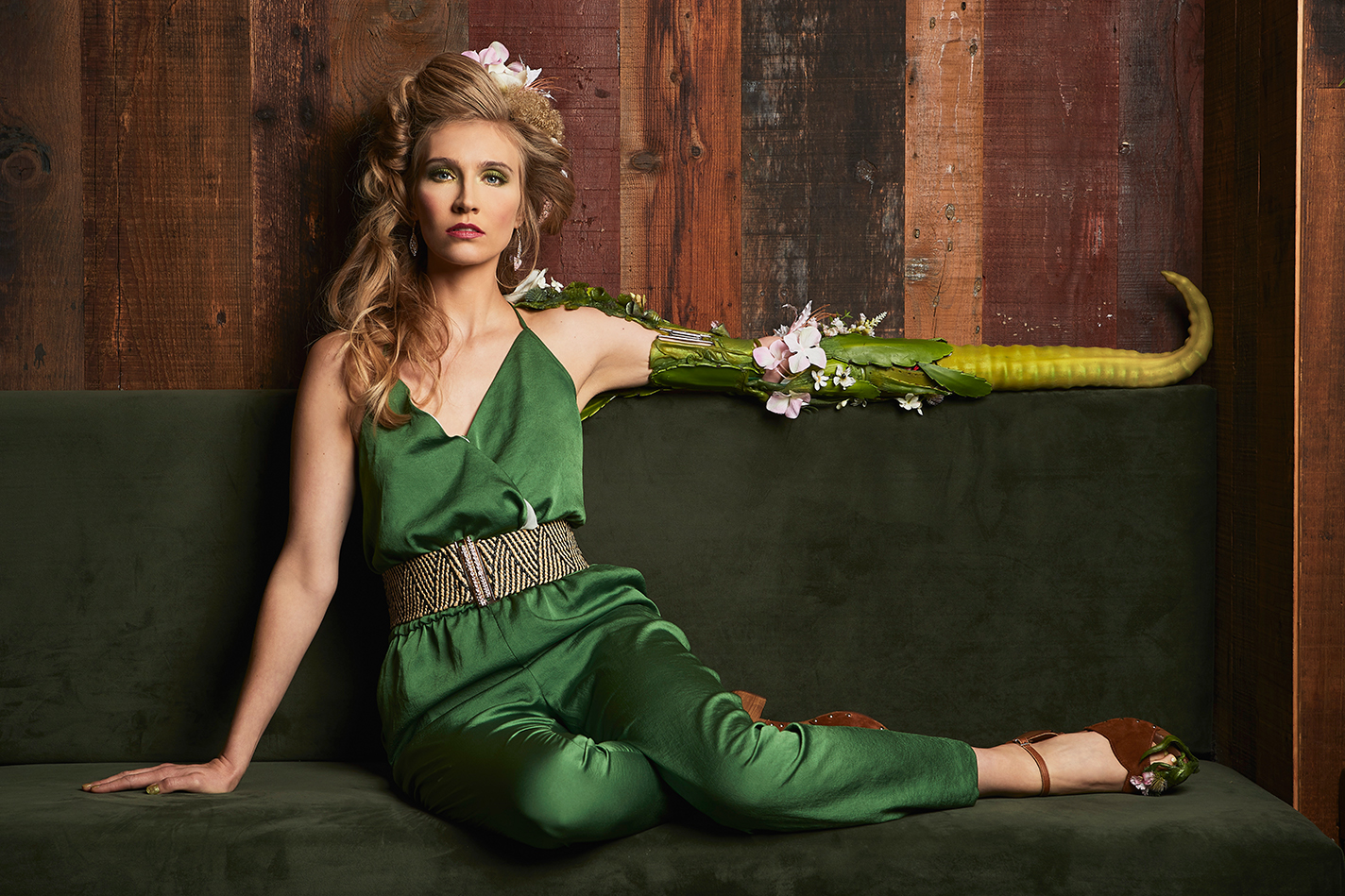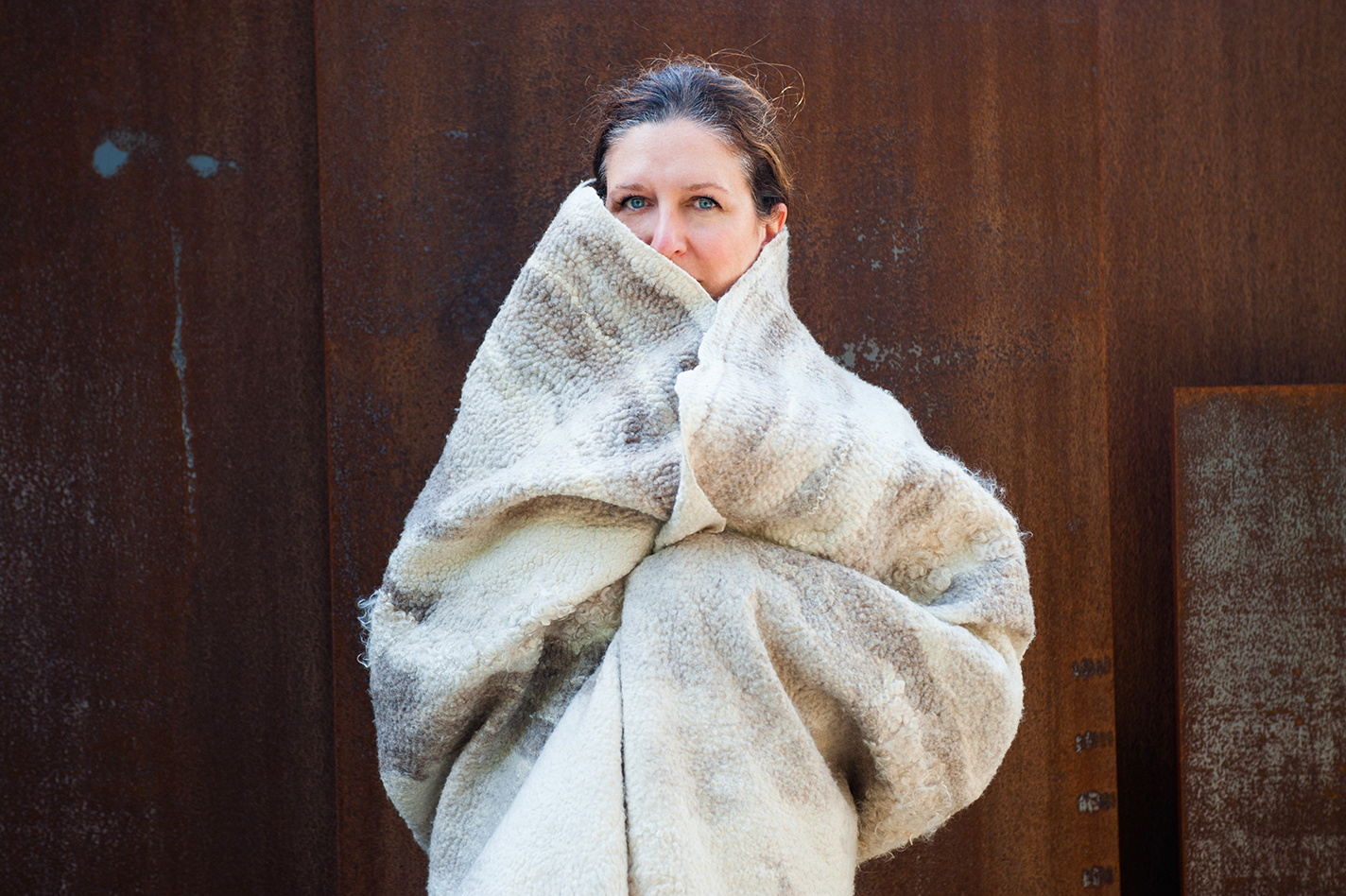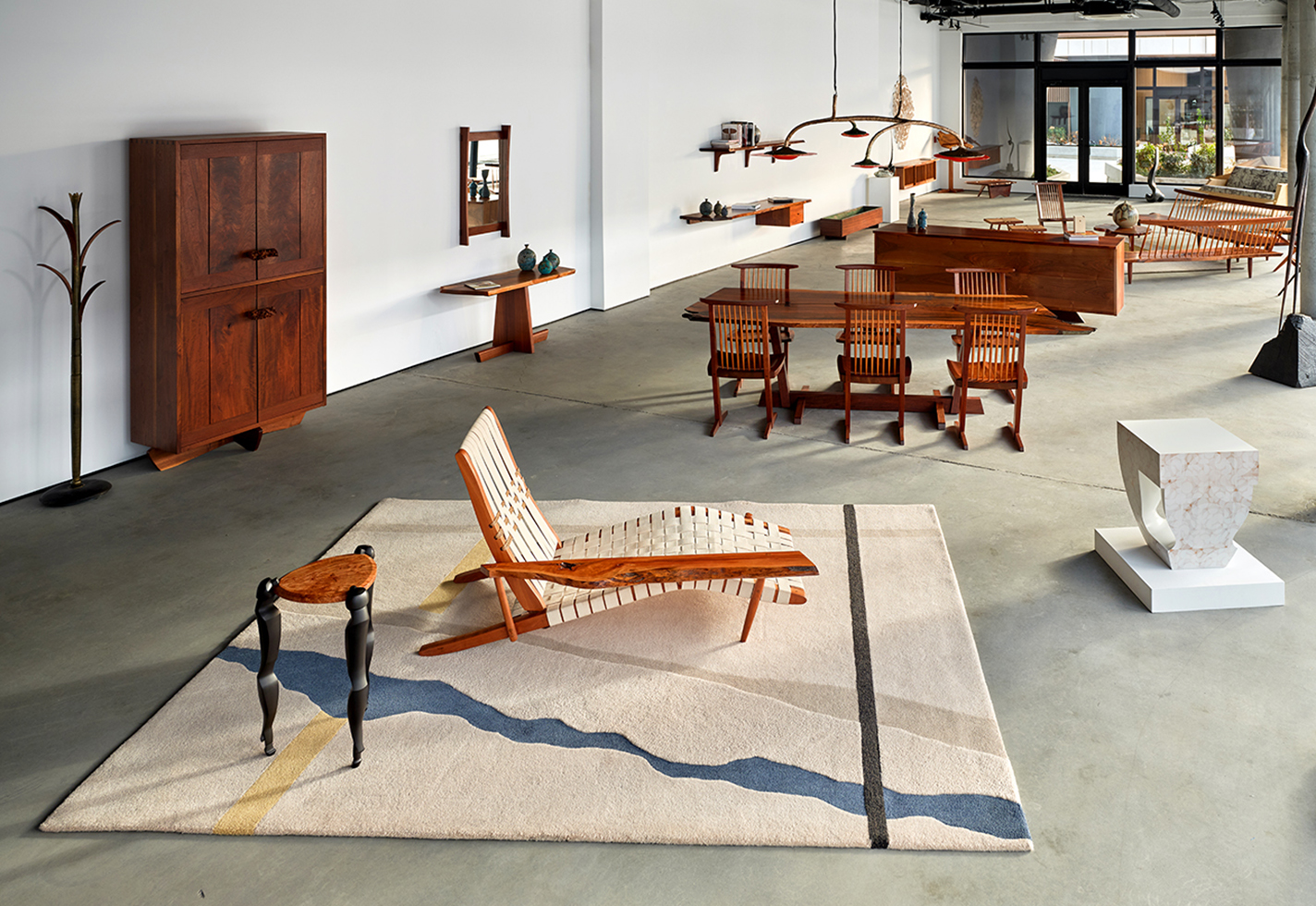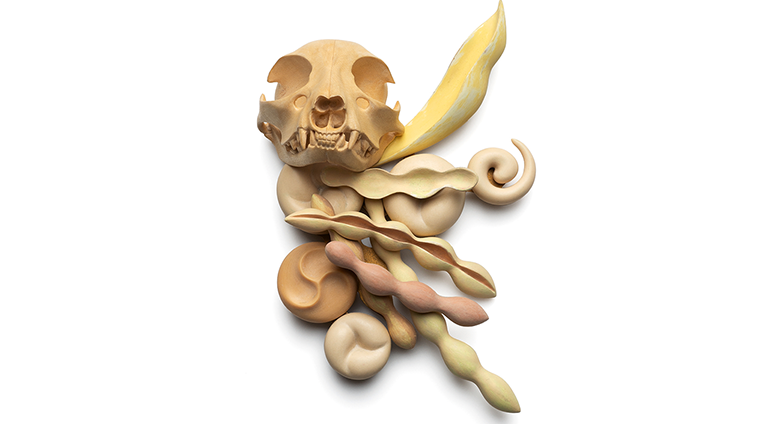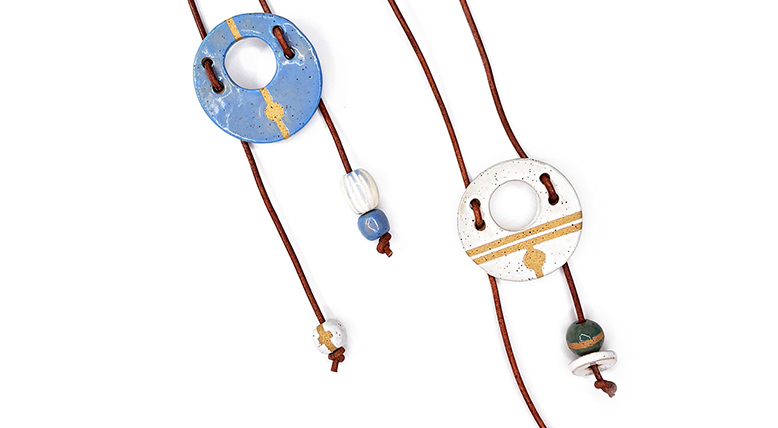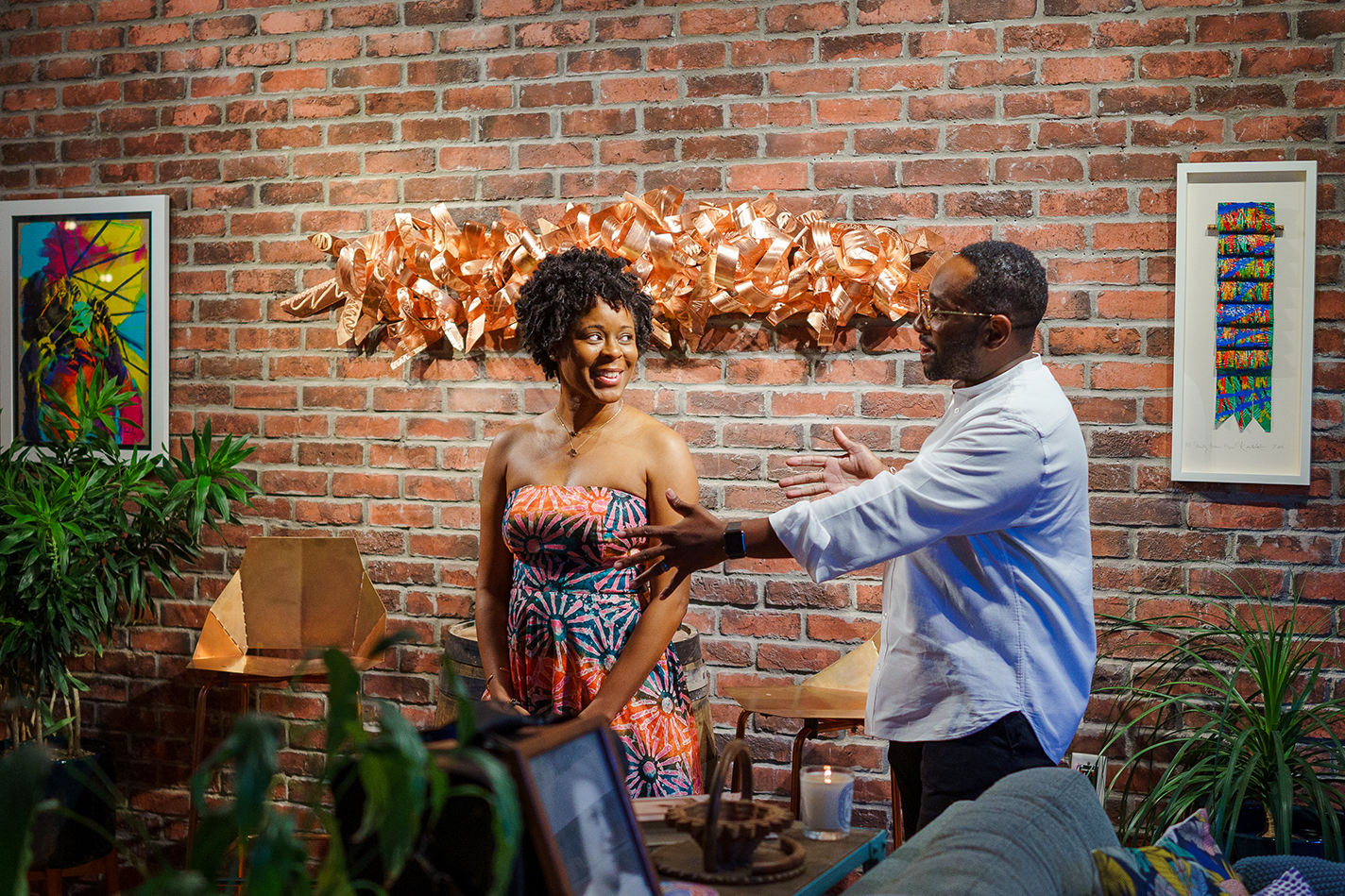Kelly Knox never thought of herself as disabled. The British model and activist was born with only one hand; her left arm ends shortly below her elbow. That didn’t stop her from riding a bike, learning to swim, washing her own hair—all the same activities that her able-bodied friends did. So when she was first fitted with a prosthetic limb, she found it clumsy and awkward.
“Without the false arm, I felt completely abled,” she told an interviewer in 2013. “When I was wearing the false arm, that disabled me, because I wasn’t able to do stuff that I could do without it.”
This paradox is in part what inspired her to work with Lewes, England–based artist and prosthetic designer Sophie de Oliveira Barata to design a false limb—not to blend in with “normal” people, but to stand out from them.
The result is Materialise, one of dozens of artful prosthetics created by de Oliveira Barata. The bottom half of the arm was molded from a digital scan of Knox’s right arm and crafted from ultrarealistic silicone, which is de Oliveira Barata’s primary specialty.
The top half consists of nearly two dozen interchangeable parts held in place by magnets—steel, rock, earth, wood, moss, oil, cork, wool, bronze, rhodium, gold—that can be swapped out depending on Knox’s mood.
“It was just the idea of changing different sections of your body, depending on your feeling,” de Oliveira Barata explains. “What materials resonate with you, depending on what you’re wearing or how you’re feeling?”
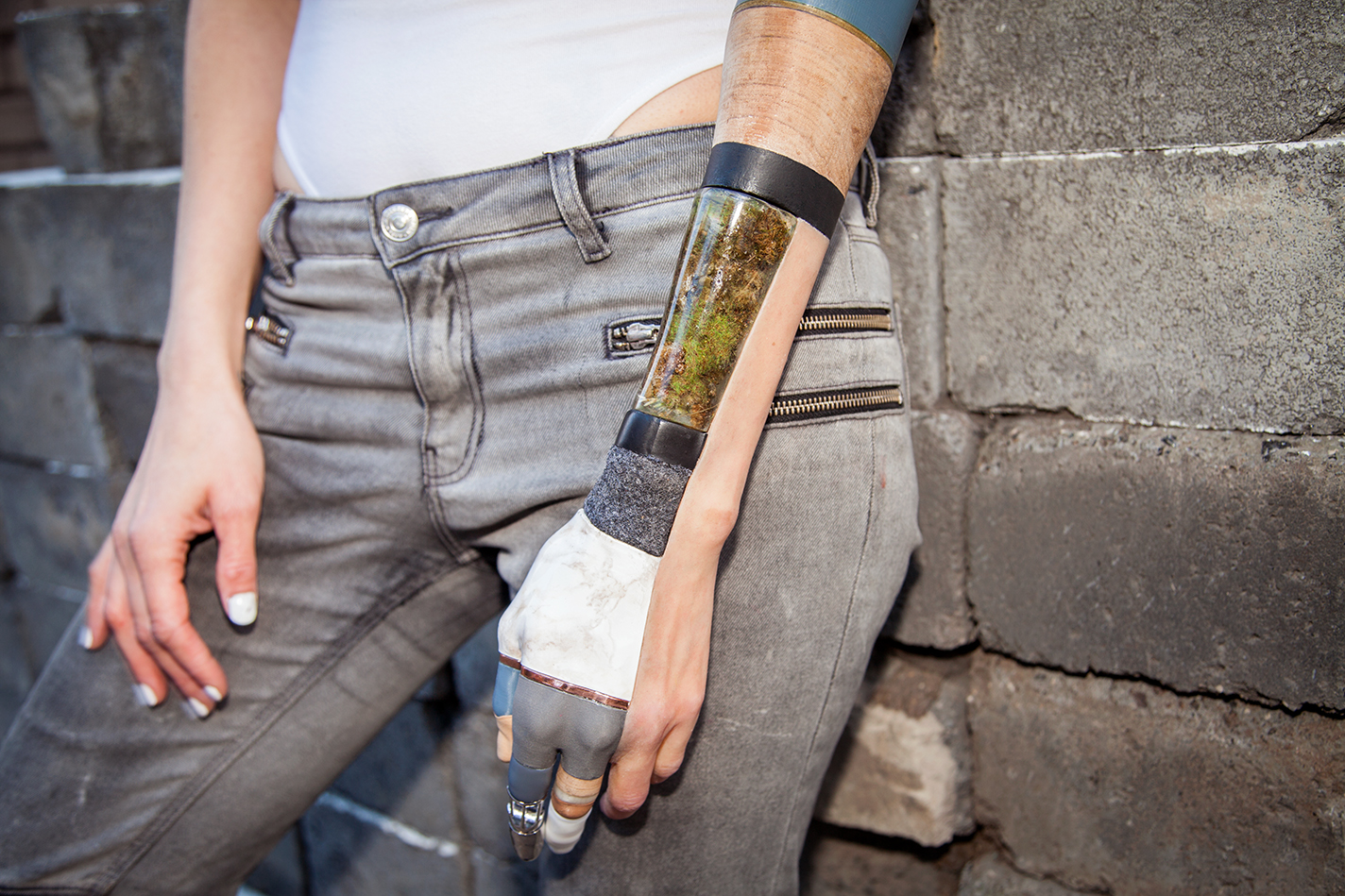
Kelly Knox wearing the Materialise arm.
